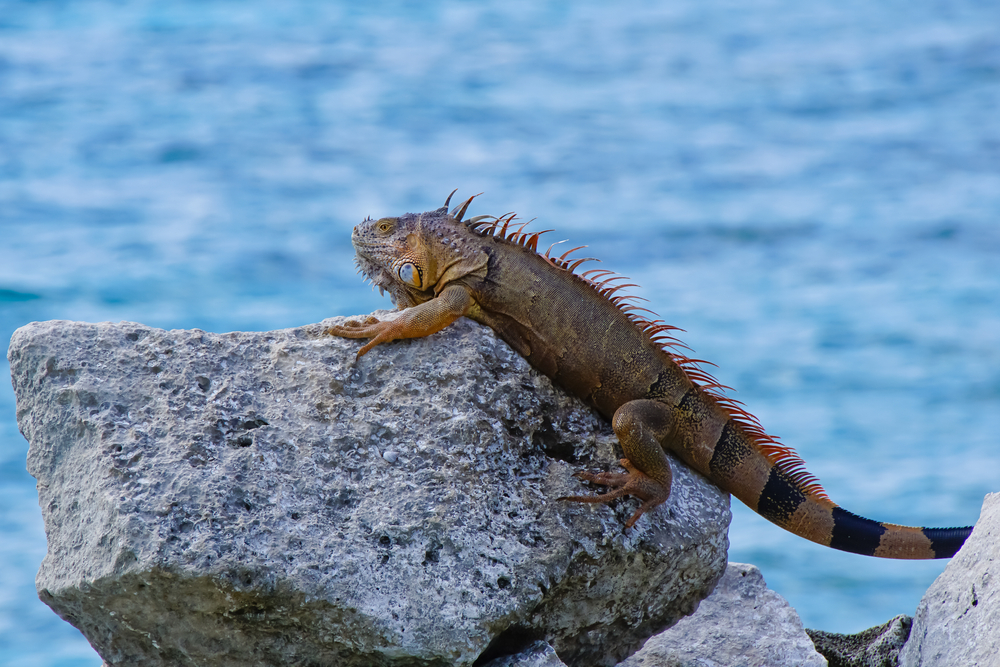Cumbres del Ajusco Overview
Cumbres del Ajusco National Park, known as Parque Nacional Cumbres del Ajusco in Spanish, is located in central Mexico within the southern region of Mexico City.
Covering approximately 44.9 square miles (116.4 square kilometers), this park protects a significant portion of the Ajusco mountain range. The park’s most prominent feature is Cerro Ajusco, a volcanic peak rising to an elevation of about 12,894 feet (3,930 meters), making it the highest point in Mexico City.
The rugged terrain includes steep slopes, deep ravines, and dense pine-oak forests that are characteristic of the Trans-Mexican Volcanic Belt. The vegetation primarily consists of high-altitude coniferous forests, including species such as Montezuma pine, sacred fir, and various oak trees, which provide a lush, green canopy. Alpine meadows and shrubs are also found in the park’s higher elevations, adding to its biodiversity.
The park is home to a diverse range of wildlife, including several mammal species such as white-tailed deer, bobcats, ringtails, and gray foxes. More elusive predators like pumas and coyotes also inhabit the park, although sightings are rare.
The birdlife is abundant, featuring species like the red-tailed hawk, peregrine falcon, and several varieties of hummingbirds and woodpeckers. The park’s varied elevations and ecosystems provide a crucial habitat for many migratory and resident bird species, making it an important area for birdwatchers and wildlife enthusiasts.
Visitors to Cumbres del Ajusco National Park often explore its network of trails, with hiking being the most popular activity. The ascent to Cerro Ajusco is particularly well-traveled, offering panoramic views of Mexico City and beyond.
Mountain biking is another common way to explore the park, with designated routes weaving through the forested slopes. During the winter months, occasional snowfall attracts visitors eager to experience a rare snowy landscape so close to the city. Additionally, camping and picnicking are popular among locals, providing an opportunity to escape the urban environment and immerse in nature.
Conservation efforts within the park have faced significant challenges, including illegal logging, land encroachment, and urban expansion. However, local authorities and environmental organizations have implemented reforestation programs and monitoring initiatives to mitigate these threats.
Community engagement and environmental education programs aim to increase awareness and encourage sustainable tourism practices. Despite these challenges, the park remains a vital green space for both biodiversity conservation and public recreation, offering a natural refuge within the vast metropolitan area of Mexico City.
Park Map
Cumbres del Ajusco National Park Highlights
Share your clicks with us
Related National Parks More Mexico

Cañón del Río Blanco National Park

Cañón del Sumidero National Park

Cerro de Garnica National Park

Cerro de Las Campanas National Park

Cerro de la Estrella National Park

Cofre de Perote National Park

Costa Occidental de Isla Mujeres National Park

Cabo Pulmo National Park

Bosencheve National Park










































































